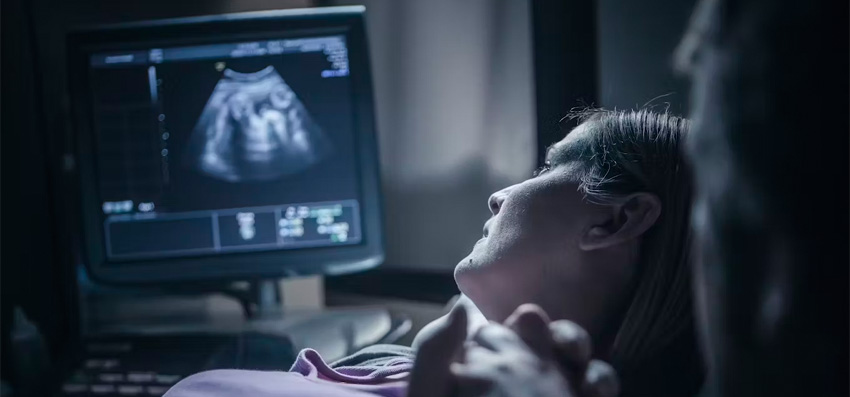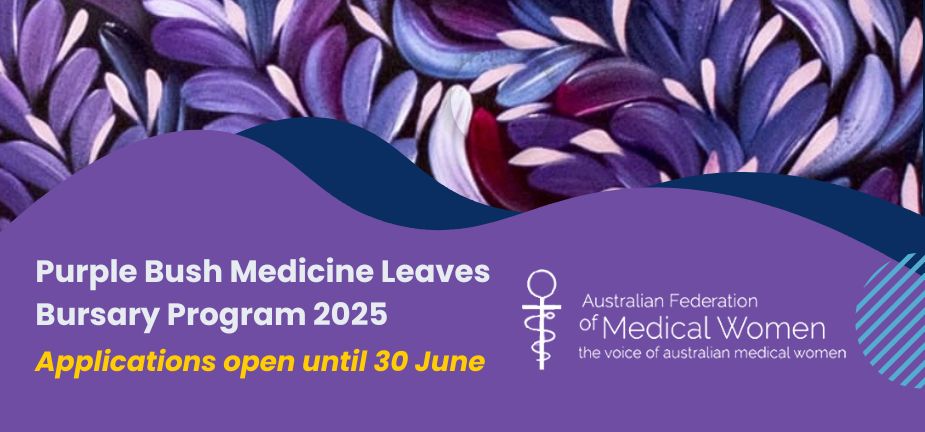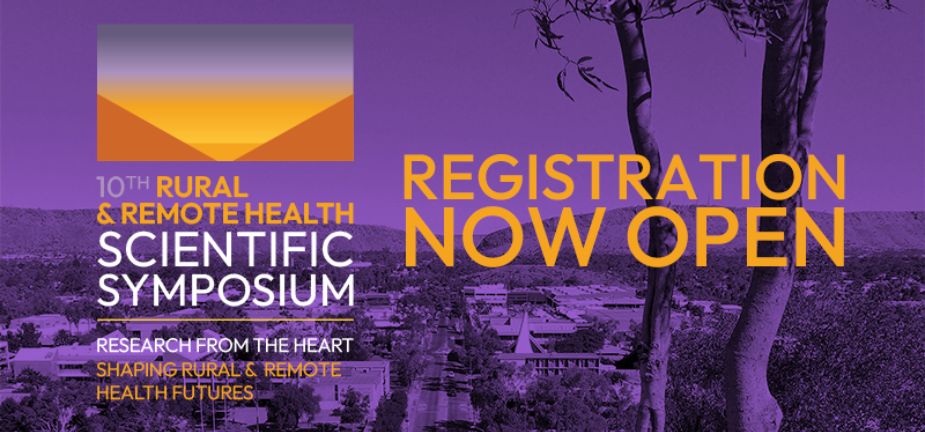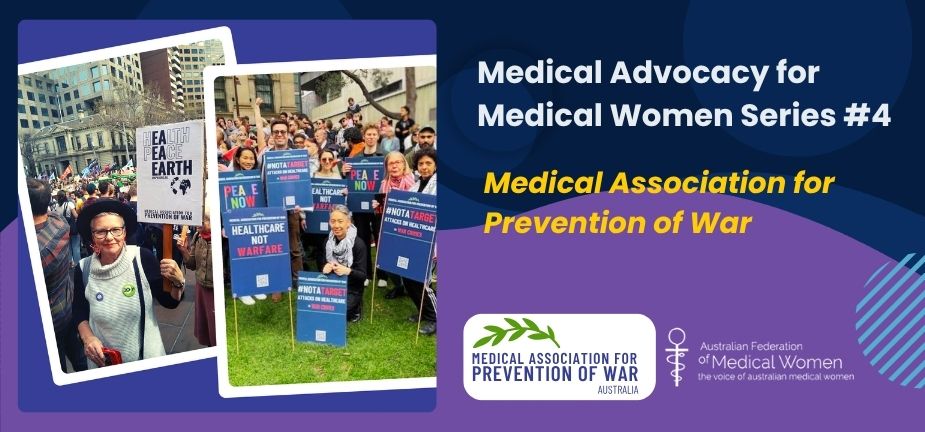In this ‘The Conversation ‘ articles, studies show that smoking marijuana during pregnancy can lead to premature birth, lower birth weight and psychological problems in the newborn.
[Article]
Cannabis is a widely used psychoactive drug worldwide, and its popularity is growing: The U.S. market for recreational cannabis sales could surpass US$72 billion by 2023.
As of early 2023, 21 U.S. states and the District of Columbia have legalized cannabis for recreational use for people age 21 and up, while 39 states plus the District of Columbia have legalized it for medical use.
The growing wave of legalization and the dramatic increase in cannabis potency over the past two decades have raised concerns among scientists and public health experts about the potential health effects of cannabis use during pregnancy and other vulnerable periods of development, such as the teen years.
I am a developmental neuroscientist specializing in studying what’s known as the endocannabinoid system. This is an evolutionarily ancient system found in humans and other vertebrates that produces natural cannabinoids such as THC and CBD.
Cannabis and its constituents interact with the body’s endocannabinoid system to product their effects. THC and CBD are the most commonly known cannabis extracts and can be synthesized in a lab. My lab also studies the risks versus potential therapeutic value of cannabis and cannabinoids.
People often assume there’s no risk when using cannabis or cannabinoids during vulnerable periods of life, but they’re basing that on little to no data. Our research and that of others suggests that cannabis use during pregnancy and adolescence can present myriad health risks the public should be aware of.
Cannabis use during pregnancy
More and more pregnant people are using cannabis today compared with a decade ago, with some studies showing that nearly 1 in 4 pregnant adolescents report that they use cannabis.
Many cannabis-using people may have not known they were pregnant and stopped using when they found out. Others report using cannabis for its touted ability to ease pregnancy-related symptoms, like nausea and anxiety. However, studies do not yet confirm those health claims. What’s more, the potential harms are often downplayed by pro-cannabis marketing and messaging by dispensaries, advocacy groups and even midwives or doulas.
In addition, physicians and other health care providers often are not knowledgeable enough or don’t feel well equipped to discuss the potential risks and benefits of cannabis with their patients, including during pregnancy.
While research shows that most people who are pregnant perceive little to no risk in using cannabis during pregnancy, the data show there is clear cause for concern. Indeed, a growing number of studies link prenatal cannabis exposure to greater risk of preterm birth, lower birth weight and psychiatric and behavioral problems in children. These include, for example, difficulties with attention, thought, social problems, anxiety and depression.
Cannabis and the developing brain
When cannabis is inhaled, consumed orally or taken in through other routes, it can easily cross through the placenta and deposit in the fetal brain, disrupting brain development.
A recent study from my lab, led by medical student Mohammed Faraj, found that cannabis use during pregnancy can shape the developing brain in ways that are detectable even a decade later.
We used data from the National Institutes of Health Adolescent Brain Cognitive Development Study, which is the largest long-term study of brain development and child and adolescent health in the U.S. It has followed more than 10,000 children and their families from age 9-10 over a 10-year period.
Through that analysis, we linked prenatal cannabis exposure to alterations in functional brain networks in 9- and 10-year-old children. In particular, prenatal cannabis exposure appeared to disrupt the communication between brain networks involved in attentional control, which may explain why children who were exposed to cannabis in utero may develop difficulties with attention or other behavioral issues or mental disorders as they develop.
While alcohol abuse has steadily declined among adolescents since 2000 in the U.S., cannabis use shows the opposite pattern: It increased by 245% during that same period.
Data reported in 2022 from the Monitoring the Future survey of over 50,000 students in the U.S. found that nearly one-third of 12th grade students reported using cannabis in the past year, including cannabis vaping. Yet only about 1 in 4 12th grade students perceive great harm in using cannabis regularly. This suggests that many teens use cannabis, but very few consider it to have potential negative effects.
Cannabis use during adolescence
Research shows that the adolescent brain is primed to engage in high-risk behaviors such as experimenting with cannabis and other substances. Unfortunately, owing to ongoing brain development, the adolescent brain is also particularly susceptible to the effects of cannabis and other substances. Indeed, many neuroscientists now agree that the brain continues to develop well into the second and even third decade of life.
In line with this vulnerability, research shows that, relative to those who did not use cannabis during adolescence, those who started using it during adolescence are at increased risk of developing depression, suicidal ideation, psychosis and reductions in IQ during adolescence and adulthood. Neuroimaging studies also show residual effects of adolescent cannabis use on brain functioning, even later during adulthood.
Reading beyond the label
Despite common misconceptions that cannabis is “all natural” and safe to use during pregnancy or adolescence, the data suggests there are real risks. In fact, in 2019, the U.S. surgeon general issued an advisory against the use of cannabis during pregnancy and adolescence, stating that “no amount … is known to be safe.”
Cannabis may be harmful to the developing brain because it disrupts the developing endocannabinoid system, which plays a critical role in shaping brain development from conception and into adulthood. This includes neural circuits involved in learning, memory, decision-making and emotion regulation.
While much of this research has focused on cannabis use, there is also other research that comes to similar conclusions for THC and CBD in other forms. In fact, although CBD is widely available as an unregulated supplement, we researchers know almost nothing about its effects on the developing brain. Of note, these harms apply not only to smoking, but also to ingesting, vaping or other ways of consuming cannabis or its extracts.
In my view, it’s important that consumers know these risks and recognize that not everything claimed in a label is backed by science. So before you pick up that edible or vape pen for stress, anxiety, or sleep or pain control, it’s important to talk to a health care provider about potential risks – especially if you are or could be pregnant or are a teen or young adult.
Credits
Images and content: https://theconversation.com/mounting-research-points-to-health-harms-from-cannabis-thc-and-cbd-use-during-pregnancy-adolescence-and-other-periods-of-rapid-development-198206
Associate Professor Magdalena Simonis AM is a Past President of the AFMW (2020-2023), former President of VMWS (2013 & 2017-2020) and current AFMW National Coordinator (2024-2026). She is a full time clinician who also holds positions on several not for profit organisations, driven by her passion for bridging gaps across the health sector. She is a leading women’s health expert, keynote speaker, climate change and gender equity advocate and government advisor. Magda is member of The Australian Health Team contributing monthly articles.
Magdalena was awarded a lifetime membership of the RACGP for her contributions which include past chair of Women in General Practice, longstanding contribution to the RACGP Expert Committee Quality Care, the RACGP eHealth Expert Committee. She is regularly invited to comment on primary care research though mainstream and medical media and contributes articles on various health issues through newsGP and other publications.
Magdalena has represented the RACGP at senate enquiries and has worked on several National Health Framework reviews. She is author of the RACGP Guide on Female Genital Cosmetic Surgery and co-reviewer of the RACGP Red Book Women’s Health Chapter, and reviewer of the RACGP White book
Both an RACGP examiner and University examiner, she undertakes general practice research and is a GP Educator with the Safer Families Centre of Research Excellence, which develops education tools to assist the primary care sector identify, respond to and manage family violence . Roles outside of RACGP include the Strategy and Policy Committee for Breast Cancer Network Australia, Board Director of the Melbourne University Teaching Health Clinics and the elected GP representative to the AMA Federal Council. In 2022. she was award the AMA (Vic) Patrick Pritzwald-Steggman Award 2022, which celebrates a doctor who has made an exceptional contribution to the wellbeing of their colleagues and the community and was listed as Women’s Agenda 2022 finalist for Emerging Leader in Health.
Magdalena has presented at the United Nations as part of the Australian Assembly and was appointed the Australian representative to the World Health Organisation, World Assembly on COVID 19, by the Medical Women’s International Association (MWIA) in 2021. In 2023, A/Professor Simonis was included on the King’s COVID-19 Champion’s list and was also awarded a Member (AM) in the General Division for significant service to medicine through a range of roles and to women’s health.










